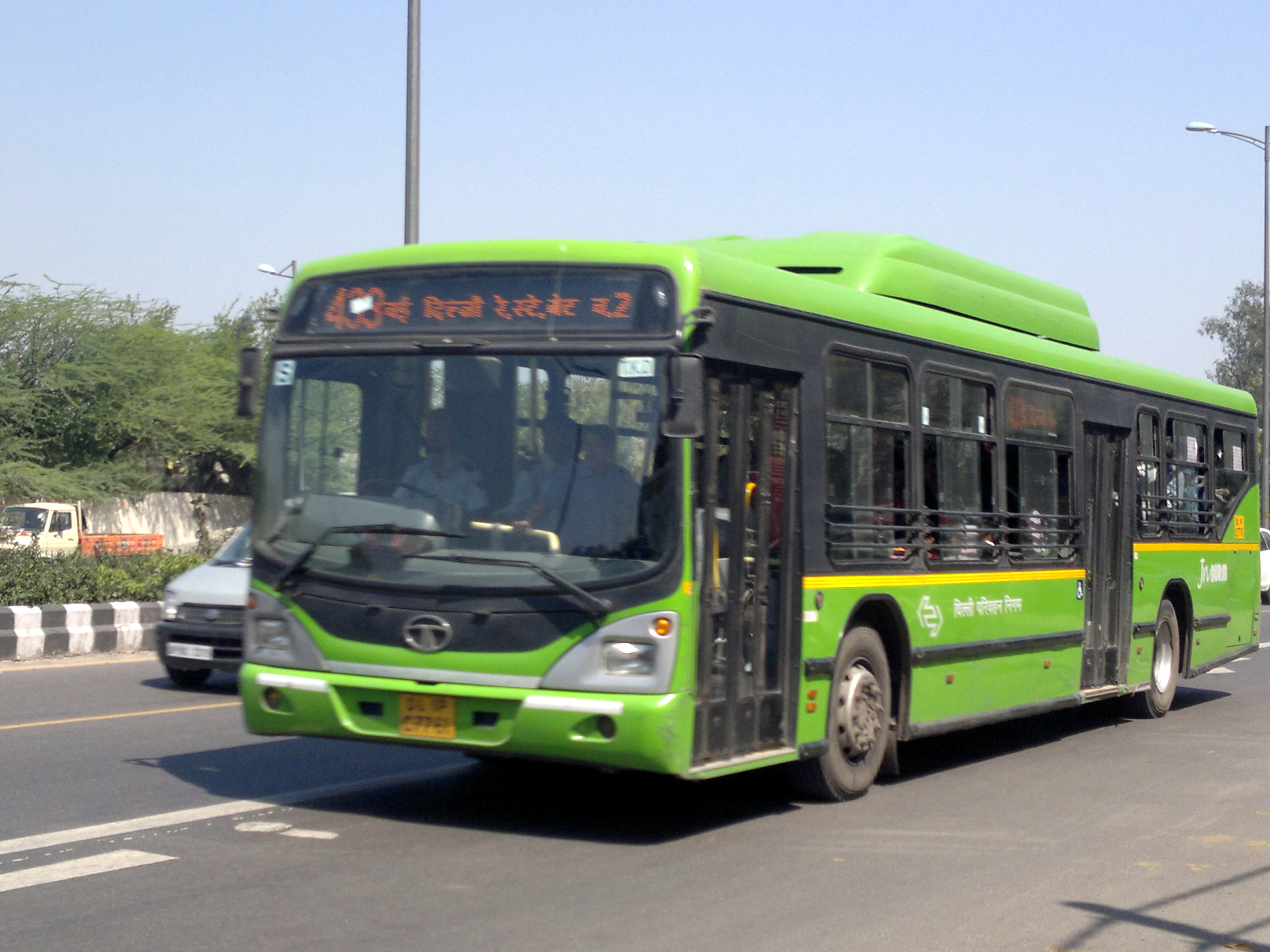The bus industry in India is projected to achieve a value of Rs 104,000 crores in 2026, with a compound annual growth rate (CAGR) of 6.64 per cent. The CAGR for state transport undertakings (STUs) is 6.36 per cent and it is 7.37 per cent for private buses, says a report jointly produced by the Internet and Mobile Association of India (IAMAI) and Grant Thornton Bharat. The surface transportation services like bus and rail travel has huge potential for OTA service providers who offer value added services to their customers in addition to basic online ticketing.
Karnataka, Maharashtra, Tamil Nadu, Andhra Pradesh, Telangana, and Uttar Pradesh emerge as the principal markets in STUs, constituting nearly 70 per cent of the market share. The top five states in total addressable market (TAM) for private buses are Uttar Pradesh, Maharashtra, Rajasthan, Punjab, and Haryana, which are expected to account for around 45 per cent share by 2026.
Online ticketing among bus travellers is on the rise, even though the price sensitive category of non-AC buses or intra-city bus ticketing is still predominantly offline based. Intra-city bus travel is still predominantly served by State Transport Units (STUs) which offers great scope for private sector involvement. Intra-city bus services are witnessing a plethora of value-added services like live bus tracking and digital ticketing being offered in city buses.
A primary survey conducted among bus travellers across eight cities revealed significant interest and uptake for online ticketing and valueadded services. Online ticketing is Indian railways is still restricted for most private players, driven primarily by the online ticketing services run by Indian Railways itself. With unreserved passengers constituting a substantial portion of the total passenger count, collaboration between CRIS and private OTAs emerges as a transformative opportunity. The next evolution of travel tech will happen as we unlock the full potential of OTAs in the ground

